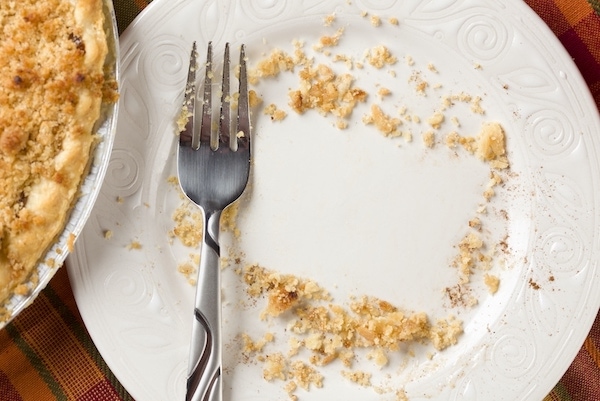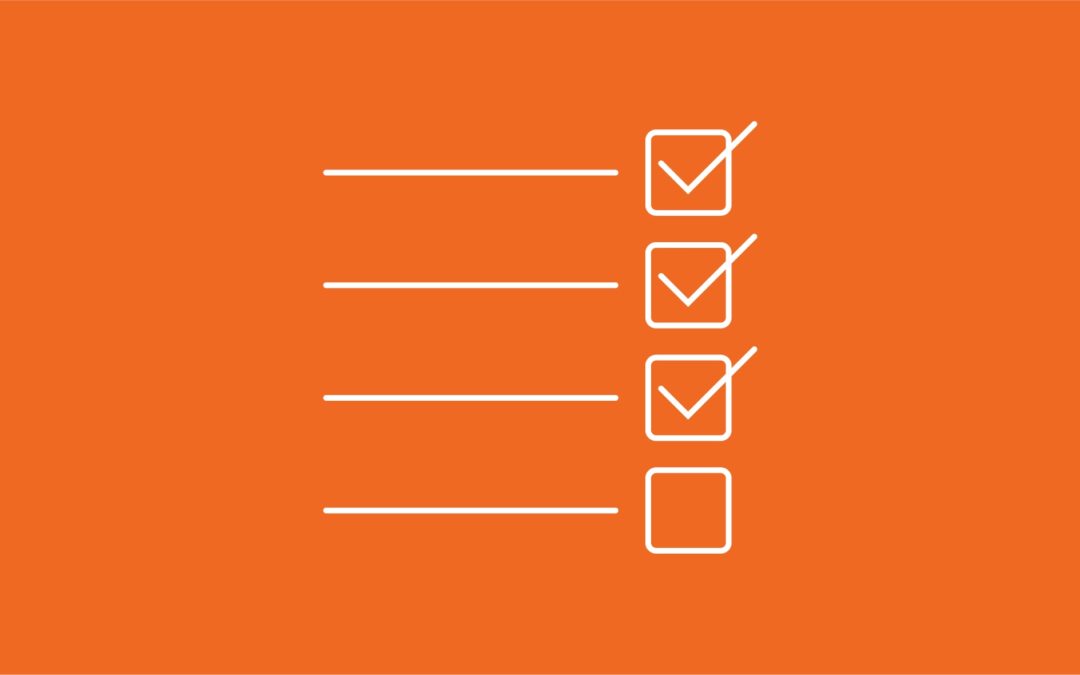Bias #22: Unit Bias; 3-minute read
Defined:
Unit Bias: The tendency for people to want to complete a unit of a given item or task. People believe there is an optimal unit size and want to get through to the end because they get satisfaction from completing it.
Described:
Did you eat too much this Thanksgiving? Many people struggle with moderation around the holidays, when celebratory meals, decadent treats, and family recipes abound. One thing that doesn’t help is the urge many of us have ingrained to finish everything on our plate. This urge can be attributed (at least partially) to unit bias.

A study was conducted in which people were presented with soft pretzels. When whole pretzels were offered, people ate an entire pretzel. But when the pretzels were cut in half, people only ate half. The subjects perceived whatever portion they were given as a unit and dutifully consumed the unit.1
In another experiment, researchers gave people tubes of potato chips. Some received standard tubes, where all the chips were the same color. Others received modified tubes, where every seventh chip was colored red. This created smaller units that made it easier for subjects to mark their consumption. The participants who received the tubes that were divided into smaller units by red chips ate fewer chips.2
When to use unit bias:
When you want to influence people’s consumption or participation, leverage unit bias to nudge them toward more or less.
How to use unit bias:
Consumption
To decrease consumption, reduce unit size. Need to feed more people next Thanksgiving? Provide smaller plates. People perceive “a plateful” as a unit and will be satisfied by less food (even if they go back for seconds).
To increase consumption, increase unit size. Want people to buy additional products or services? Bundle them into packages (units).
Keep in mind, for unit bias to work on consumption, the units must fit into a socially acceptable size range. If you make a unit too small, people will consume more units.3
Participation
To increase participation in a program or behavior, break it into small, easy-to-achieve units. This makes progress less intimidating and more achievable while rewarding participants with a gratifying sense of accomplishment along the way.
The takeaway:
Combined with default bias (Bias Brief coming soon), unit bias can be a powerful addition to your behavioral toolbox. An understanding of unit bias can be helpful in many areas—from fixing your next dinner plate to increasing participation in your company’s next big initiative.
About the author:
This Bias Brief was written by Greg Stielstra, the Senior Director of Behavioral Science at Lirio. Greg is a behavior change expert and published author with over 25 years of experience in marketing and engagement.
References:
- Unit Bias – A New Heuristic That Helps Explain the Effect of Portion Size on Food Intake, Psychological Science
- Red Potato Chips: Segmentation Cues Can Substantially Decrease Food Intake, Health Psychology
- New Experiment: Just A Simple Trick Can Nudge You To Eat Healthier, iNudgeyou
Other readers viewed:
Impostor Syndrome – Lirio Bias Brief
